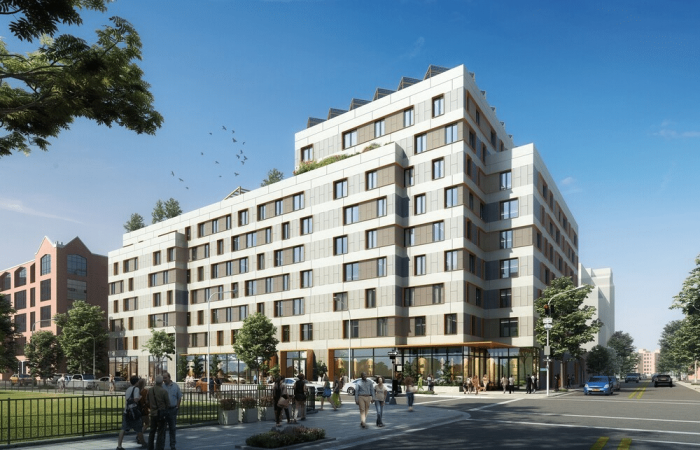The city turned a six-block stretch of Kent Avenue in South Williamsburg into a no parking zone last Saturday morning — then immediately ticketed drivers in the heavily Hasidic neighborhood who couldn’t move their cars on the Jewish holy day.
Workers started replacing the alternate-side parking signs with “No parking” and “No standing” signs between Broadway and Clymer Street at around 6:30 am on the Jewish sabbath on Oct. 25 — when observant Jews are not allowed to drive.
“We can’t move our cars on Shabbos, so I asked the traffic cop, ‘What’s the deal?’ There was nothing we could do,” said Moti Spitzer, who was hit with a $115 fine at 9:18 am for leaving his car parked on Friday — at the time legally — near the corner of Kent Avenue and South 11th Street.
By the end of the weekend, 91 cars were hit with the fines.
The city ended up throwing out all of the summonses, Department of Transportation spokesman Scott Gastel said.
Nonetheless, Williamsburg residents were peeved, not so much because of the aggressive enforcement, but because the new parking regulations are a first step towards Kent Avenue’s long-planned — and much-contested — bike lane.
“Getting the ticket is bad, but that’s not even the main issue here,” Spitzer said. “The issue is that they are taking away parking to put in another bike lane, which we don’t need.”
The no-parking zone will give way to a temporary painted bike line, which will eventually be replaced by the Brooklyn Waterfront Greenway — a divided bike lane and walking path that will run from Greenpoint to Sunset Park.
Cycling advocates and local politicians have touted the Greenway as an essential part of the city’s biking backbone, but members of South Williamsburg’s Hasidic community have railed against the cycling corridor, arguing that there are already too many bike lanes in the neighborhood — and that loss of parking spaces on Kent Avenue could not be offset by changing parking regulations on adjacent residential streets.























